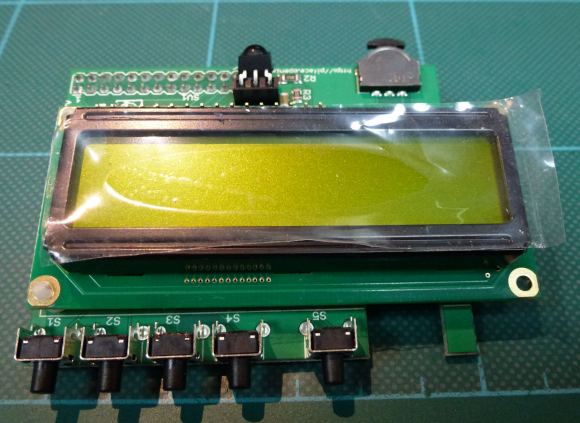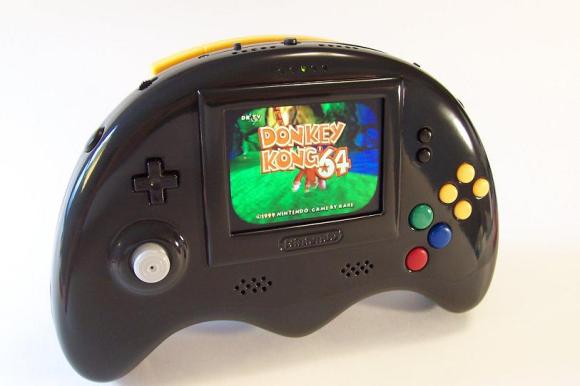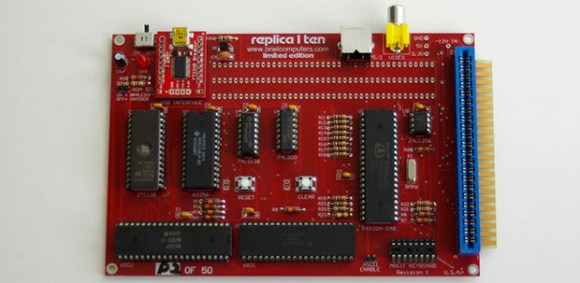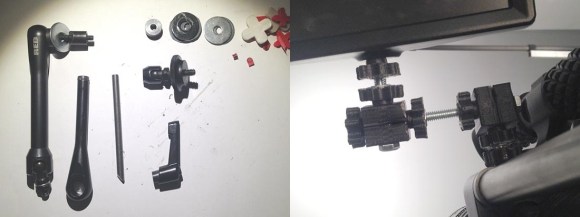Raspberry Pi cluster computers are old hat by now, and much to our dismay, we’ve even seen Raspberry Pis crop up as the brains of a few ill-conceived Kickstarter projects. The Pi was never meant for these applications, with the very strange port layout and a bunch of headers most people don’t need. The Raspberry Pi foundation has a solution for the odd layout of the normal, consumer Pi: The Raspberry Pi compute module, a Raspi and 4GB flash drive, sans connectors, on an industry standard DDR2 SODIMM module.
This isn’t something you can plug into your laptop (yet; that’s just a BIOS hack away, right?), but the new format does allow for some very interesting projects. All the normal Raspi I/O – CSI and DSI ports, USB, HDMI, JTAG – and a whole bunch more GPIO ports – are broken out onto an I/O board for development. The idea is that anyone can develop a product for the Raspberry Pi, create a custom board with a SODIMM connector, and use the compute module as the brains of their project.
The compute module should cost about $30/piece in quantity 100, available in June. No word yet on how much the I/O board will cost, but we expect a few open source expansion boards to crop up shortly so anyone can create a very cool cluster computer based on the compute module.
















